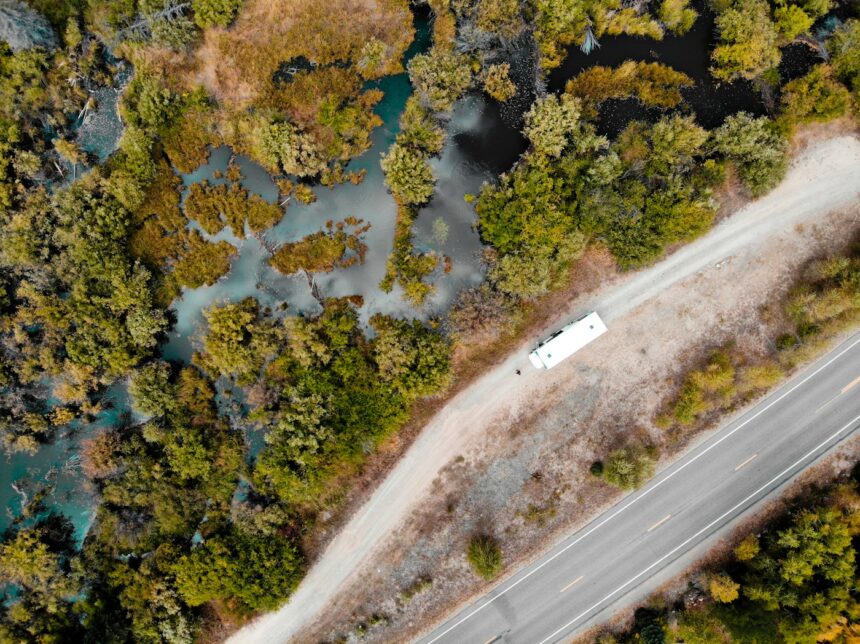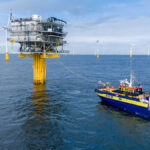Infrastructure Problems in America: Challenges and Solutions
America, a global superpower, faces a critical issue that threatens its economic stability and public safety: deteriorating infrastructure. From crumbling roads and bridges to aging water systems and inadequate public transit, the nation’s infrastructure problems are extensive and require immediate attention. This article explores the key challenges and potential solutions for America’s infrastructure woes.
The Current State of American Infrastructure
Roads and Bridges: The American Society of Civil Engineers (ASCE) consistently grades the nation’s infrastructure poorly. In their latest report, American roads received a D rating, indicating severe deficiencies. Potholes and cracks are common, causing vehicle damage and accidents. Bridges fare no better, with nearly 10% of the 600,000 bridges across the U.S. deemed structurally deficient. The tragic collapse of the I-35W Mississippi River bridge in 2007 highlighted the urgent need for repairs and upgrades.
Public Transportation: Public transportation systems in many American cities are outdated and underfunded. Cities like New York and Washington D.C. struggle with frequent delays and breakdowns, affecting millions of daily commuters. The lack of investment in expanding and modernizing public transit hampers economic growth and contributes to increased traffic congestion and pollution.
Water Systems: Aging water infrastructure poses a serious health risk. Many of the nation’s water pipes and treatment plants are over a century old. The Flint water crisis, where lead-contaminated water exposed thousands of residents to health risks, underscores the dire need for upgrading water systems to ensure safe drinking water.
Energy Grid: The U.S. energy grid, essential for powering homes and businesses, is also in a precarious state. Blackouts and power outages are increasingly common, costing the economy billions annually. The grid’s vulnerability to cyberattacks and extreme weather events further exacerbates the problem.
Challenges in Addressing Infrastructure Issues
Funding Shortfalls: One of the biggest obstacles in addressing infrastructure problems is the lack of funding. Federal, state, and local governments often struggle to allocate sufficient resources for infrastructure projects. The Highway Trust Fund, primarily funded by fuel taxes, has faced insolvency issues due to declining revenues as vehicles become more fuel-efficient.
Political Gridlock: Infrastructure projects often become entangled in political debates. Bipartisan support is essential for passing significant funding bills, but political gridlock can stall progress. The debate over the size and scope of infrastructure packages often delays necessary action.
Regulatory Hurdles: Stringent regulatory requirements can slow down infrastructure projects. While regulations ensure safety and environmental protection, they can also lead to delays and increased costs. Streamlining regulatory processes without compromising safety is crucial for timely project completion.
Potential Solutions for America’s Infrastructure Problems
Increased Investment: A significant increase in infrastructure investment is vital. The Biden administration’s $1.2 trillion infrastructure bill aims to address this need by funding projects across various sectors, including transportation, water, and energy. This investment is expected to create jobs and stimulate economic growth.
Public-Private Partnerships (PPPs): Leveraging public-private partnerships can help bridge the funding gap. By involving private sector investment, the burden on public finances can be reduced. PPPs have been successful in other countries and could provide a model for addressing infrastructure needs in the U.S.
Technological Innovation: Embracing technological advancements can improve infrastructure efficiency and sustainability. Smart city technologies, including advanced traffic management systems and IoT-enabled water monitoring, can optimize resource use and reduce maintenance costs.
Sustainable Practices: Incorporating sustainability into infrastructure projects is essential. Using renewable energy sources, promoting electric vehicle adoption, and investing in green building practices can mitigate environmental impact and create resilient infrastructure.
Conclusion
America’s infrastructure problems are complex and multifaceted, but they are not insurmountable. By prioritizing investment, fostering collaboration between public and private sectors, and embracing innovation and sustainability, the nation can rebuild and modernize its infrastructure. Addressing these challenges is crucial for ensuring economic competitiveness, public safety, and quality of life for future generations. The time to act is now, and a concerted effort is required to build a stronger, more resilient America.
Via: Infraser.ro







